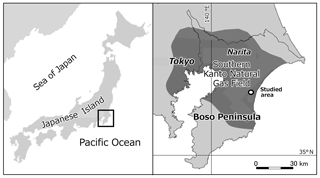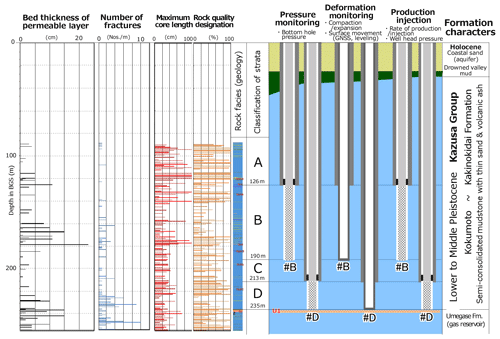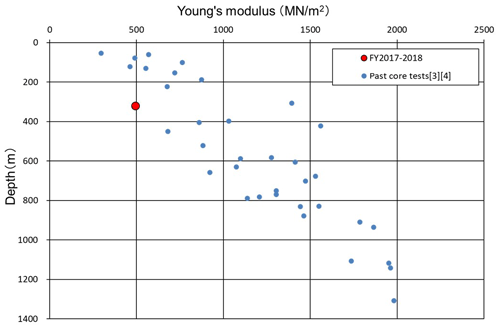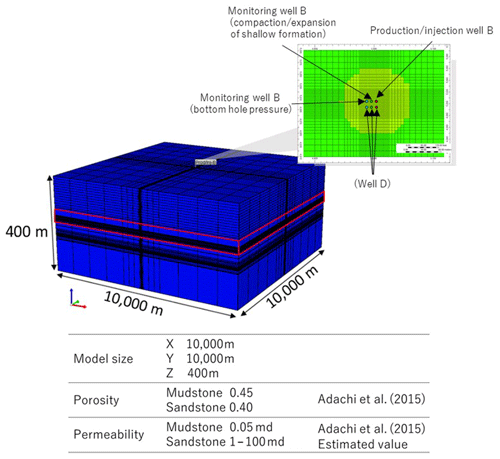Effect of brine injection into shallow formation on land subsidence in the Southern Kanto gas field, in Japan
Our association plans to construct in situ formation deformation monitoring wells for shallow formation. In the pilot test, production and injection will be conducted to make the formation deform. Based on the result of the pilot test, we will investigate whether the compaction behavior was perfectly elastic or not. In addition, we plan to conduct coring and core tests to obtain rock properties.
In the future, we would like to select the suitable constitutive equation for this gas field based on the obtained data and construct a prediction methodology to control subsidence. Once the land subsidence control technology is established in this study, it is expected that reservoir management for production will be performed.









